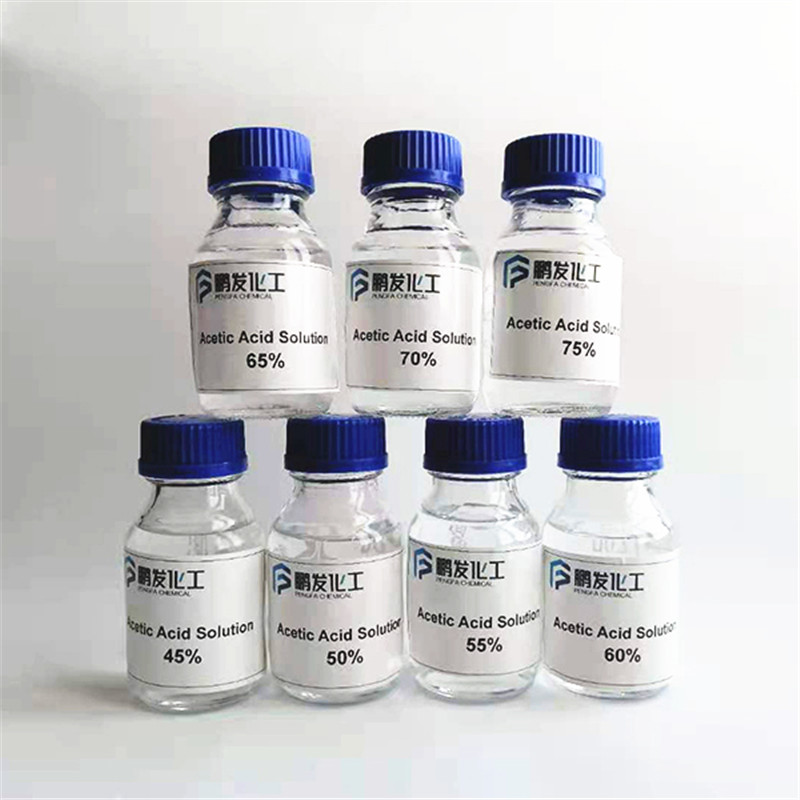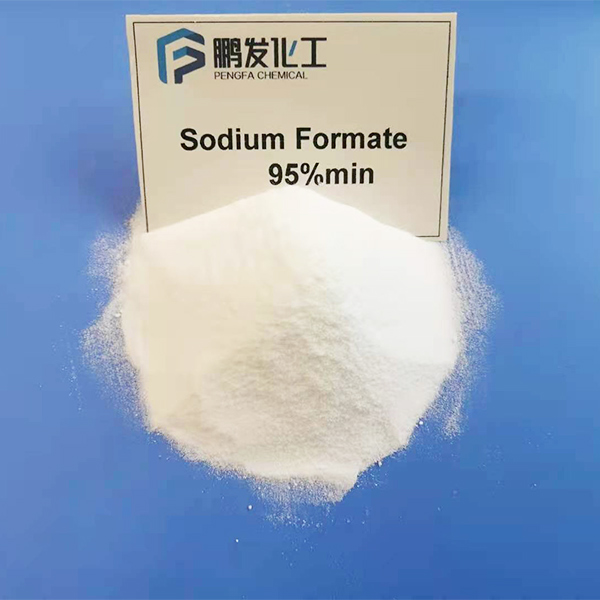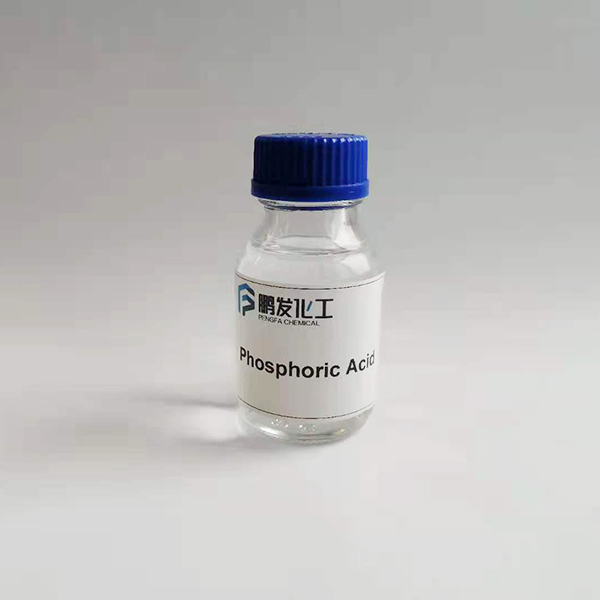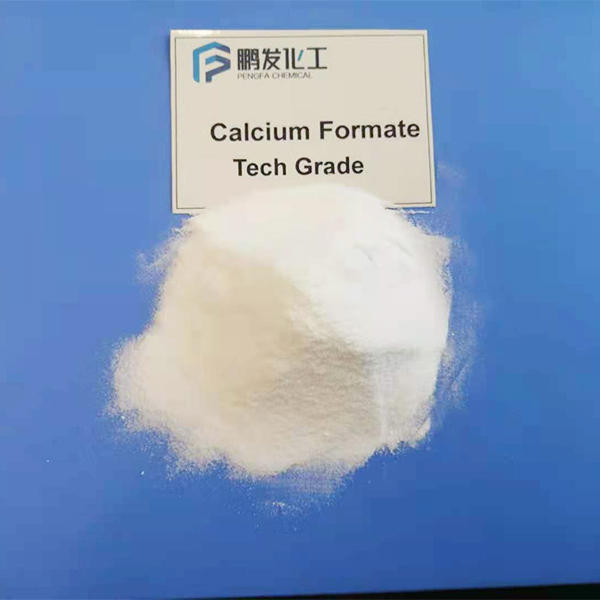Pengfa Chemical invites you to understand the common sense of wastewater treatment
Pengfa Chemical invites you to understand the common sense of wastewater treatment,
Acetate solution, acetate solution supplier, Acetic Acid Solution, acetic acid solution manufacturer, the price of acetate solution,
Physicochemical properties:
1. Colorless liquid and irritating dour.
2. Solubility water, ethanol, benzene and ethyl ether immiscible, insoluble in carbon disulphide.
Storage:
1. Stored in a cool, ventilated warehouse.
2. Keep away from the fire, heat. The cold season should maintain a temperature higher than 16 DEG C, to prevent solidification. During cold season, temperature should be maintained above 16 DEG C to prevent/avoid solidification.
3. Keep the container sealed. Should be separated from the oxidant and alkali. Mixing should be avoided by all means.
4. Use explosion-proof lighting, ventilation facilities.
5. Mechanical equipment and tools that prohibit the use of easy to produce sparks.
6. Storage areas should be equipped with emergency treatment equipment and suitable housing materials.
Use:
1.Water treatment
2.Construction
3.For explosion
4.Textile and dyeing
5.Animal feedThe basic method of waste treatment is to use physical, chemical or biological methods, or several methods to use to remove harmful substances in wastewater. According to the water quality conditions and the output of water after treatment, the extent of the treatment of water can be determined. Two and third -level treatment.
01
First -level treatment
The physical treatment method is adopted, and the grille, screening net, Shensha pond, sedimentation tank, oil section, oil -proof pool and other buildings are used to remove solid suspension and floating oil in wastewater, initially adjust the pH value, and reduce the degree of corruption of wastewater. After the first -level treatment of wastewater, the emission standard is generally not reached (the BOD removal rate is only 25-40%). Therefore, it is usually a pre -processing stage to reduce the load of the subsequent processing process and improve the processing effect.
02
Secondary treatment
The biological treatment method and certain chemical methods are used to remove the degradable organic matter and some colloidal pollutants in the wastewater. After secondary processing, the removal rate of BOD in the wastewater can reach 80-90 %, that is, the BOD amount can be less than 30mg/L. After secondary treatment, water can generally meet the standards of agricultural irrigation and wastewater discharge standards. Therefore, secondary treatment is the main body of wastewater treatment. However, a certain amount of suspended objects, the dissolved organic matter, the dissolved inorganic matter, and the algae phosphorus such as the unable to decompose the biology, the virus and bacteria that cannot be decomposed by the biology, which contains viruses and bacteria. Therefore, it is not possible to meet the requirements of high demand. For example, rivers with small flow and poor dilution capacity after processing may cause pollution, nor can they be directly used as supply water for tap water, industrial water and groundwater.
03
Three -level treatment
Further removing pollutants that have not been removed in the secondary treatment, such as phosphorus, nitrogen, and organic pollutants, inorganic pollutants, pathogens, etc. that are difficult to degrade. The third -level treatment of wastewater is based on the secondary treatment, further adopting chemical method (chemical oxidation, chemical precipitation, etc.), physical and chemical method (adsorption, ion exchange, membrane separation technology, etc.) to remove one of certain pollutants one of one specific pollutants This “depth treatment” method. Obviously, the three -level treatment of wastewater costs huge, but it can make full use of water resources.
|
Analysis items
|
Specification |
||
|
Percent 55 |
|||
|
Super Grade
|
First Grade
|
Normal Grade
|
|
| Appearance |
Clear and free of suspended matter
|
||
| Color (Pt-Co) |
≤10 |
≤20 |
≤30 |
| Assay % |
≥55 |
≥55 |
≥55 |
| Moisture % |
—- |
—- |
—- |
| Formic Acid % |
≤0.05 |
≤0.10 |
≤0.30 |
| Acetaldehyde % |
≤0.03 |
≤0.05 |
≤0.10 |
| Evaporation Residue % |
≤0.01 |
≤0.02 |
≤0.03 |
| Iron % (as Fe) |
≤0.00004 |
≤0.0002 |
≤0.0004 |
| Permanganate Time, min |
≥30 |
≥5 |
—- |
| Grade |
Super Grade |
||
|
Analysis items
|
Specification |
||
|
Percent 60 |
|||
|
Super Grade
|
First Grade
|
Normal Grade
|
|
| Appearance |
Clear and free of suspended matter
|
||
| Color (Pt-Co) |
≤10 |
≤20 |
≤30 |
| Assay % |
≥60 |
≥60 |
≥60 |
| Moisture % |
—- |
—- |
—- |
| Formic Acid % |
≤0.05 |
≤0.10 |
≤0.30 |
| Acetaldehyde % |
≤0.03 |
≤0.05 |
≤0.10 |
| Evaporation Residue % |
≤0.01 |
≤0.02 |
≤0.03 |
| Iron % (as Fe) |
≤0.00004 |
≤0.0002 |
≤0.0004 |
| Permanganate Time, min |
≥30 |
≥5 |
—- |
| Grade |
Super Grade |
||
|
Analysis items
|
Specification |
||
|
Percent 65 |
|||
|
Super Grade
|
First Grade
|
Normal Grade
|
|
| Appearance |
Clear and free of suspended matter
|
||
| Color (Pt-Co) |
≤10 |
≤20 |
≤30 |
| Assay % |
≥65 |
≥65 |
≥65 |
| Moisture % |
—- |
—- |
—- |
| Formic Acid % |
≤0.05 |
≤0.10 |
≤0.30 |
| Acetaldehyde % |
≤0.03 |
≤0.05 |
≤0.10 |
| Evaporation Residue % |
≤0.01 |
≤0.02 |
≤0.03 |
| Iron % (as Fe) |
≤0.00004 |
≤0.0002 |
≤0.0004 |
| Permanganate Time, min |
≥30 |
≥5 |
—- |
| Grade |
Super Grade |
||
|
Analysis items
|
Specification |
||
|
Percent70 |
|||
|
Super Grade |
First Grade |
Normal Grade |
|
| Appearance |
Clear and free of suspended matter
|
||
| Color (Pt-Co) |
≤10 |
≤20 |
≤30 |
| Assay % |
≥70 |
≥70 |
≥70 |
| Moisture % |
—- |
—- |
—- |
| Formic Acid % |
≤0.05 |
≤0.10 |
≤0.30 |
| Acetaldehyde % |
≤0.03 |
≤0.05 |
≤0.10 |
| Evaporation Residue % |
≤0.01 |
≤0.02 |
≤0.03 |
| Iron % (as Fe) |
≤0.00004 |
≤0.0002 |
≤0.0004 |
| Permanganate Time, min |
≥30 |
≥5 |
—- |
| Grade |
Super Grade |
||
|
Analysis items
|
Specification |
||
|
Percent80 |
|||
|
Super Grade
|
First Grade
|
Normal Grade
|
|
| Appearance |
Clear and free of suspended matter
|
||
| Color (Pt-Co) |
≤10 |
≤20 |
≤30 |
| Assay % |
≥80 |
≥80 |
≥80 |
| Moisture % |
—- |
—- |
—- |
| Formic Acid % |
≤0.05 |
≤0.10 |
≤0.30 |
| Acetaldehyde % |
≤0.03 |
≤0.05 |
≤0.10 |
| Evaporation Residue % |
≤0.01 |
≤0.02 |
≤0.03 |
| Iron % (as Fe) |
≤0.00004 |
≤0.0002 |
≤0.0004 |
| Permanganate Time , min |
≥30 |
≥5 |
—- |
| Grade |
Super Grade |
||
Formula: CH3COOH
CAS NO.: 64-19-7
UN NO.:2790
Packing: 20kg/drum,25kg/drum, 30kg/drum,220kg/drum, IBC 1050kg, ISO TANK
Capacity:20000mt/y
Physicochemical properties:
1. Colorless liquid and irritating dour.
2. Solubility water, ethanol, benzene and ethyl ether immiscible, insoluble in carbon disulphide.
Storage:
1. Stored in a cool, ventilated warehouse.
2. Keep away from the fire, heat. The cold season should maintain a temperature higher than 16 DEG C, to prevent solidification. During cold season, temperature should be maintained above 16 DEG C to prevent/avoid solidification.
3. Keep the container sealed. Should be separated from the oxidant and alkali. Mixing should be avoided by all means.
4. Use explosion-proof lighting, ventilation facilities.
5. Mechanical equipment and tools that prohibit the use of easy to produce sparks.
6. Storage areas should be equipped with emergency treatment equipment and suitable housing materials.
Use:
1.Water treatment
2.Construction
3.For explosion
4.Textile and dyeing
5.Animal feed





